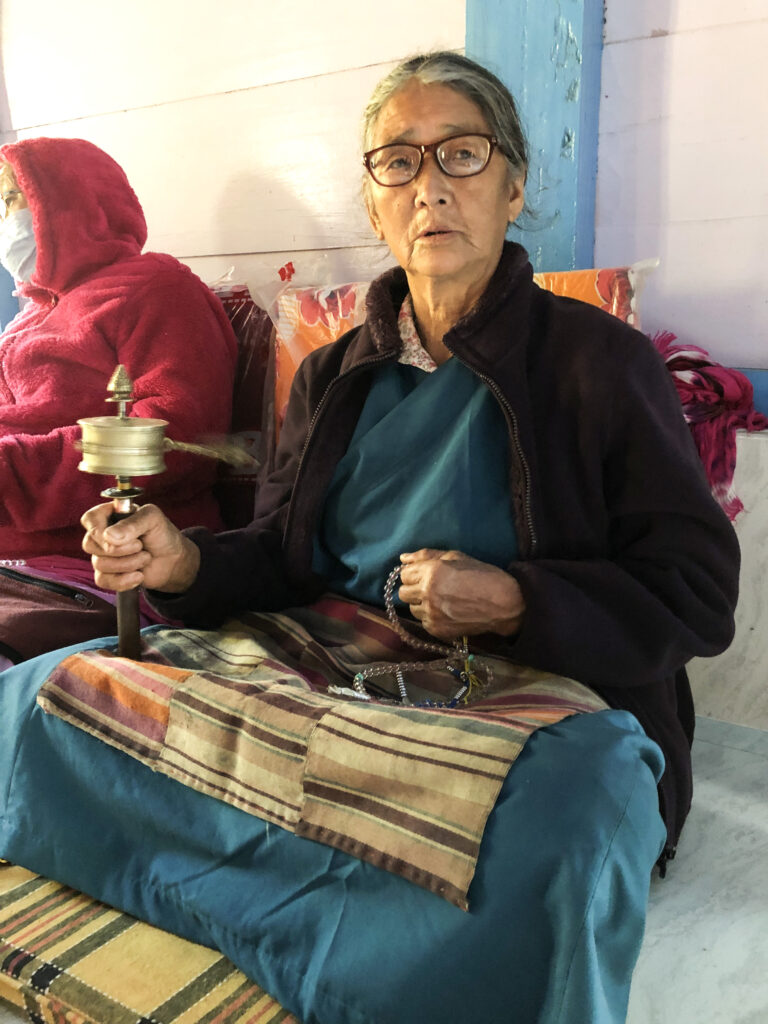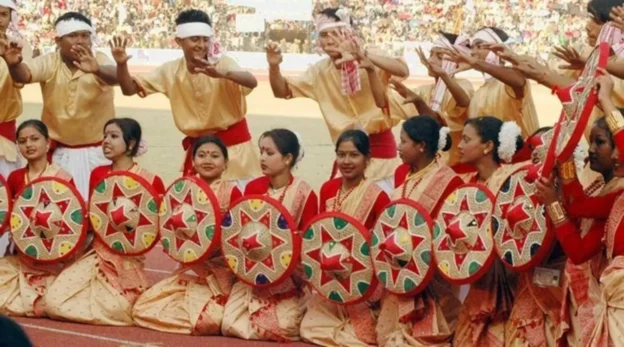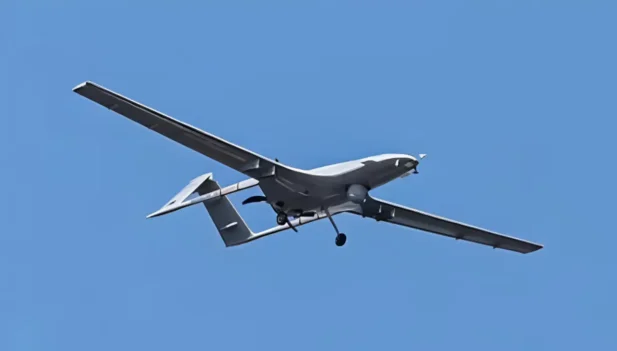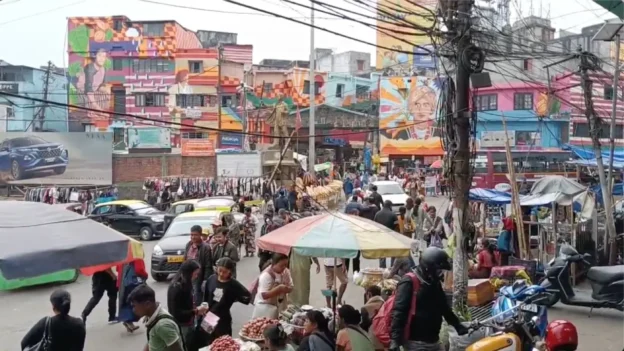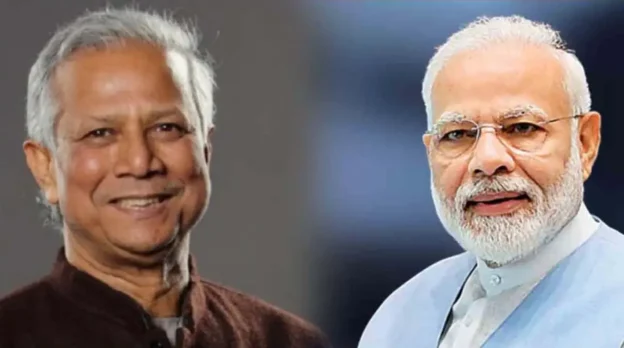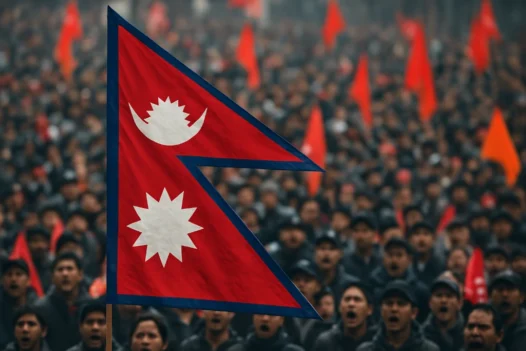Nine days after the Yangtse skirmish (on December 9 2022), I was in Kepengla on the Line of Actual Control (LAC) next to the memorial of 32 soldiers of the 4 Madras regiment who laid their lives in the 1962 Chinese aggression while defending their country. The thought that crossed my mind instantly, without any form of disrespect to the brave martyrs near whose memorial I stood and paid my respects, was that “today would have been different”.
Situated at an altitude of 1500 metres with far warmer and humid weather conditions when compared to the Yangtse region, where temperatures starts to dip below 4°C during December, Kepengla or Kapangla Pass has a story of its own and, most importantly, a story that gives a clear sense of why China’s game at land grabbing will remain an exercise in futility.
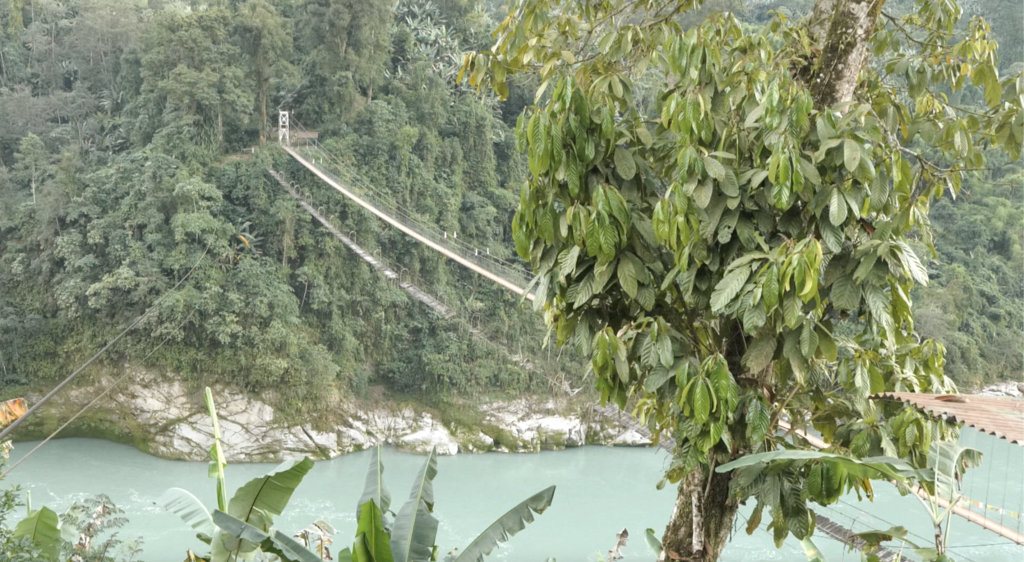
While stories of the operational preparedness of the Indian army and security forces all along the LAC couldn’t be very different barring variations of the layout of the mountainous terrains and differences in weather conditions, there is an element of uniqueness in every place, especially in terms of the stories that are associated with each of these borderlands. Kepengla becomes special if viewed from such a perspective.
Apart from the operational preparedness of the Indian security forces to thwart any form of external aggression, what perhaps assumes great significance is the cultural and religious connection of these places in the lives of the residents and even those across the border.
Thus, like the Chumi Gyatse and its 108 waterfalls – situated along the disputed Yangtse region, which is revered and fiercely protected by the Monpas, the holy Chorten- a holy Buddhist shrine located along the LAC is a pilgrimage site that forms an essential part of the lives of the Memba tribe who make up most of the population of the Tuting circle of the Upper Siang district of Arunachal Pradesh. The white Chorten standing at almost 15 feet is also where Buddhists from both sides of the border come to pray occasionally.
The Holy Chorten – a common prayer place
The Chorten lies in the middle of what would appear to be a densely covered forest on top of a mountain ridge, with thick green vegetation covering it all over. Local residents proudly say that “the Chorten is our own, and it’s a place of significance for Buddhists from both sides.” The holy shrine, which signifies peace, good health, good harvest and divine blessings for the people and the land, is located on the LAC. Thus, this makes it accessible to people and security personnel from both sides.
Most importantly, the religious importance of the place for Buddhists on both sides has not been impacted by the past histories – of the 1962 war or events after that, and the divinity of the site has been preserved. Most of the credit goes to the locals and the Indian army, who jointly built the Chorten in 1948 and then again in 1959.
The sight of colourful Buddhist prayer flags and khadas (scarf) hanging on trees above the Indian side of the border is a sheer joy to behold. Swaying gently in the breeze and rustling softly as if to break the silence – the place is truly serene and a destination for every pilgrim. Further, for anyone visiting this place, the sight of the flags and the Chorten is bound to lift the spirit with joy, especially after a treacherous off-road drive and a steep uphill and half a kilometre-long downhill walk.
The Chorten undoubtedly stands as a symbol of not just religious beliefs but also a struggle by the people of the Tuting-Gelling circle to build their land and, more importantly, preserve its history and existence through different periods. Most locals visit the Chorten to “pray for better health, agriculture, divinity, peace and protection of our land.”
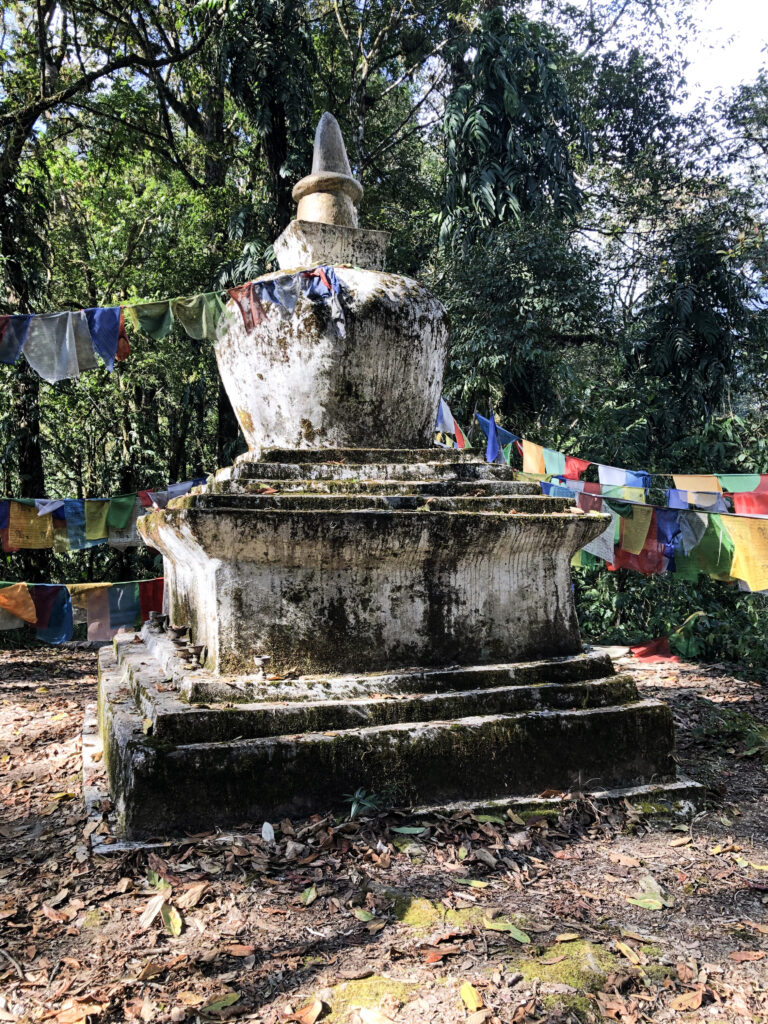
The Chorten is not accessible to everyone, owing to its highly strategic positioning, but this does not prevent people from different parts of the country, mostly Buddhist pilgrims and a reasonable number of tourists and writers, from visiting the Tuting-Gelling Circuit, which is a treasure trove of history and the flourishing of the Nyingma school of Buddhism which was founded by Indian tantric master Padmasambhava and spread across Tibet and the Himalayas.
The origin of the mighty Brahmaputra River in the form of Siang from the southeast of the pass, after crossing Nongongri in China, definitely adds to the uniqueness of the place. The Siang, before entering India, is known as the Yarlung Tsangpo.
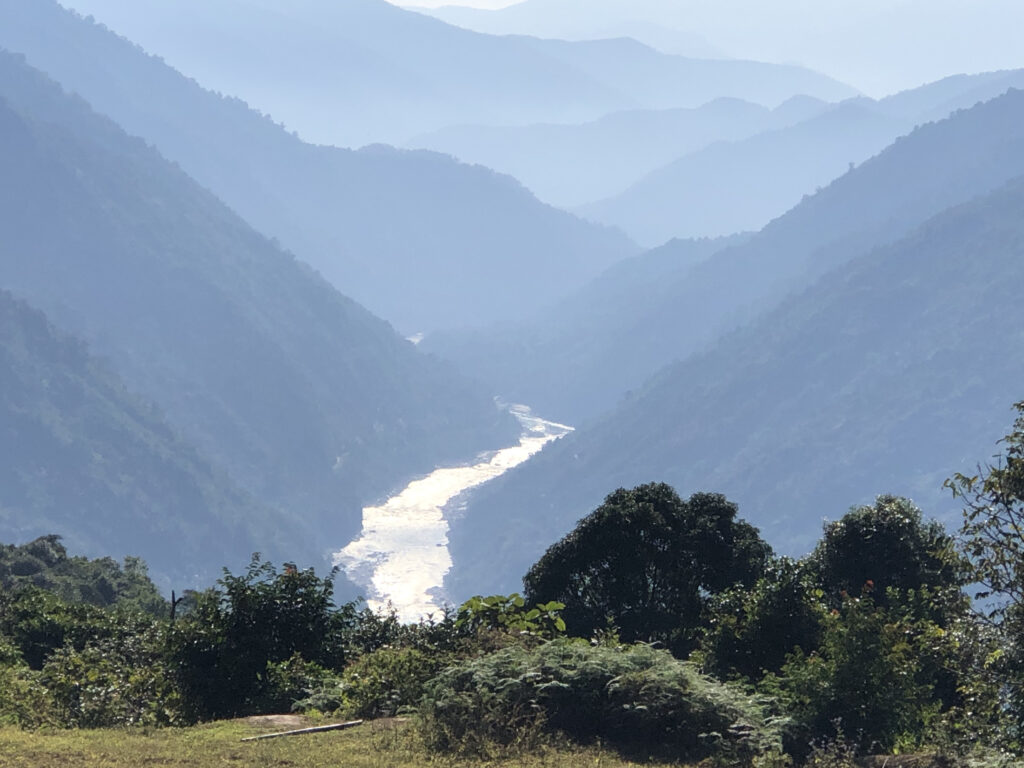
Other than that, the place is a high-security zone – an important strategic area with the Indian army soldiers fiercely guarding the place with unflinching support from the locals.
Kepengla – 1962 and after
So far, there has been no dispute between both sides on the right to worship by Buddhists and patrolling by both militaries have been somewhat routine. In fact, this remote border pass has been used as one of the meeting points between the armed forces of both sides.
Today, the Kepengla pass is full of stories of how the locals spread out across the Tuting circle have, since time immemorial, connected with people in Tibet through trade, commerce and sometimes even marital relationships. Elderly residents who were witness to the 1962 war remember how until then, it was “all so free for us to go across to Tibet for food or barter trade.” For many others, hunting was common by traversing on both sides, which is currently restricted within the territorial limits of the respective boundaries.
Kachen Lama clearly remembers how, until 1963, “there was no deployment of forces in Kepengla” and that “there was no issue regarding the LAC.” This resident of Gelling had not forgotten the Chinese invasion in 1962 when “the pass was used by the People’s Liberation Army troops to cross over into Indian-administered territory.” Locals do not forget to pay homage to the brave men of the 4 Madras regiment who laid down their lives in 1962 while fighting the PLA men at the Kepengla pass.
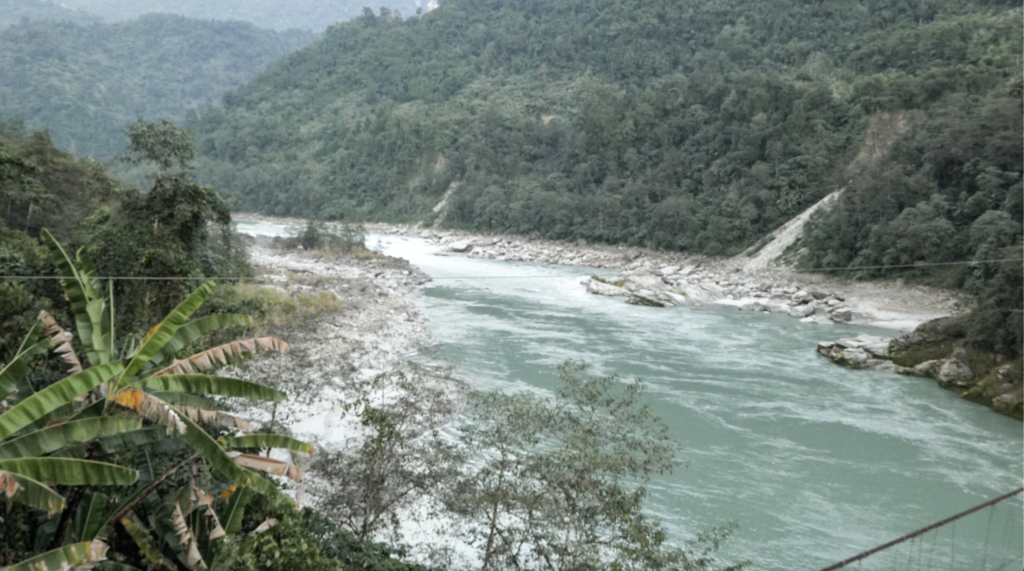
While lots have changed since the 1962 war, for the people, the bonding with the Indian armed forces has grown stronger. To them, protecting the Chorten “and not allowing an inch of our land” matters most. “We have been settled here for ages, and we shall not allow any repeat of what happened in 1962,” Kachen Lama said, even as he recounted how “villagers of Gelling and Norboling have given shelters to people who fled from the other side.”
The story of “a 100-year-old Baba” who is said to have escaped from the Tibet Autonomous Region (TAR) of China is told by many in Gelling whenever any discussion on territorial disputes is brought up.
The Drive to Kepengla
The road to Kepengla is splashed with a rich history of how Guru Padmasambhava, or Guru Rinpoche, introduced Buddhism along the Himalayas and Tibet in the eighth century. The Gelling monastery, which lies at a distance of approximately four kilometres, is visited by tourists and historians from all across the globe.
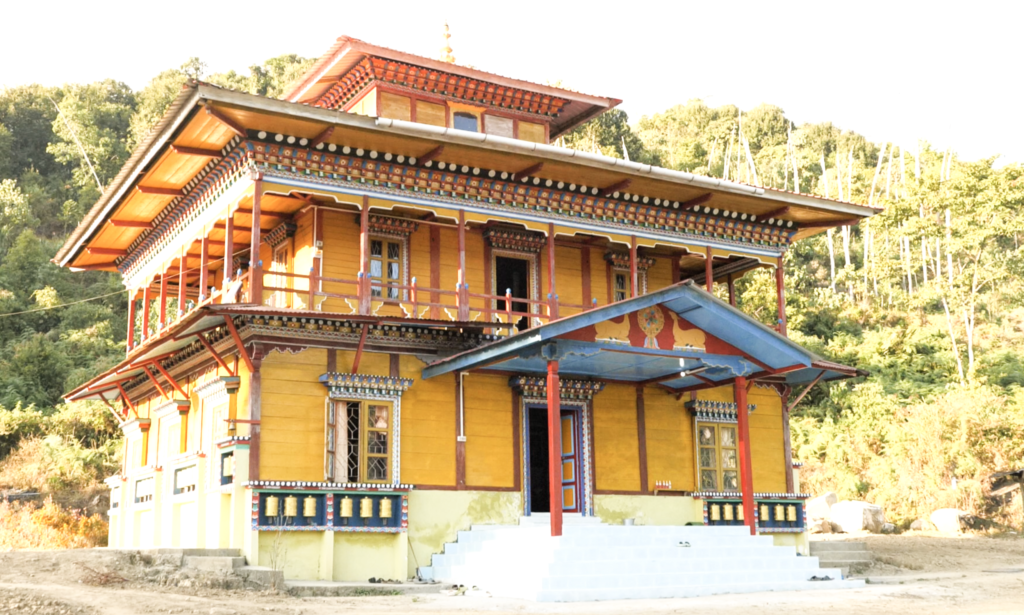
Kepengla is known as the “tabletop mountain” or “saddle” from its appearance, characterised by two other mountain peaks; 2073, situated at a slightly higher elevation of 1800 metres to its right and 2247 to its left at an elevation of 2800 metres. An age-old Kali temple, the history of which is relatively unknown, is situated on peak 2073 and has been a reason for attracting curious tourists from across the country. Other peaks, like the 3078, which takes about 8 hours to climb leading to the ‘zero point’ on the LAC, surround Kepengla.
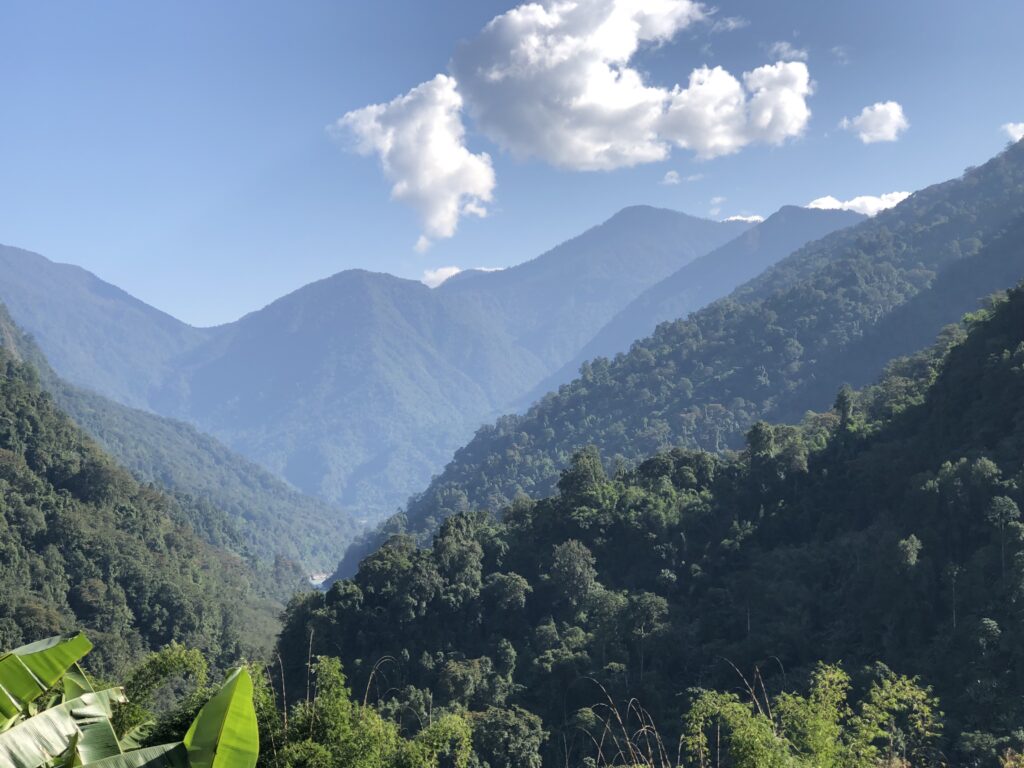
Reaching Kepengla involved a drive through rocky terrain, a 4×4 gypsy and an all-terrain Polaris making the trip possible. After crossing Gelling and an Indo-Tibetan Border Police (ITBP) checkpoint, it’s an uphill trek of about 500 metres to the Indian outpost before the final downhill climb to the LAC. All along the trek from the outpost to the LAC, our team was guarded by armed soldiers moving in combat formations until we were at the holy shrine and the war memorial next to it. At the LAC, one of our teammates whispered, “this place is so quiet and looks normal, but yet our troops are so well prepared.”
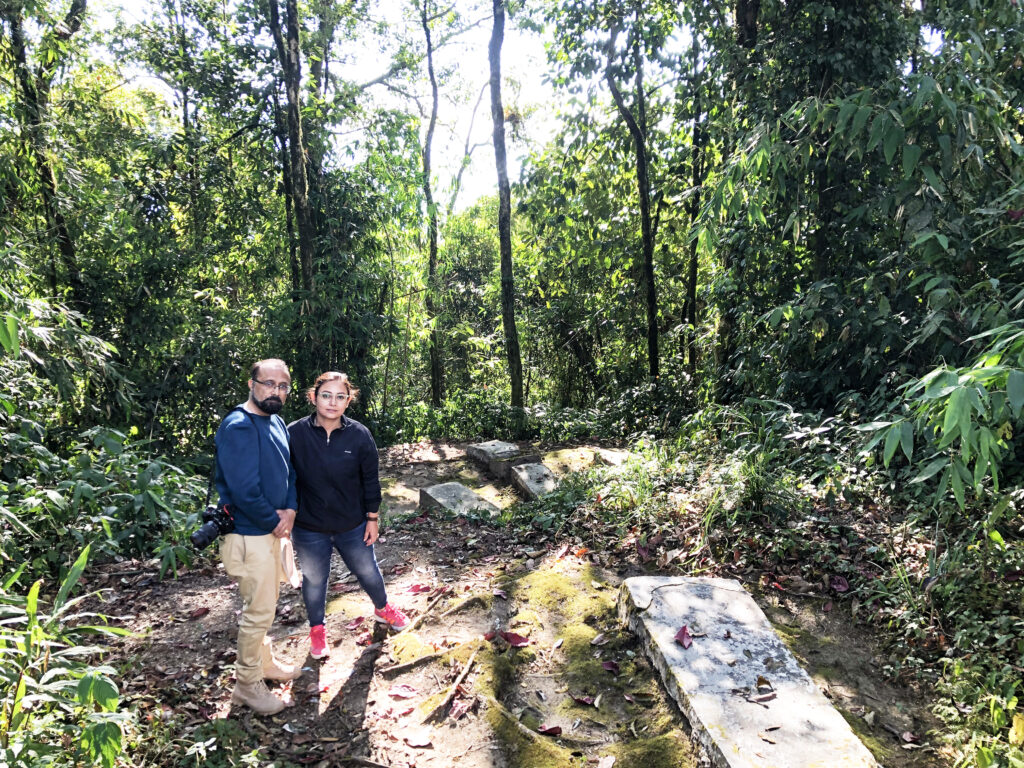
One gets similar vibes when talking to local residents, mainly belonging to the Memba and a few from the Tagin and Adi communities at the nearby Gelling village. “When you come here, only then can you get an understanding of what the ground looks like. This cannot be done sitting in Delhi and questioning our jawans,” said Dorjee in an obvious reference to some extreme political reactions after the Yangtse incident.
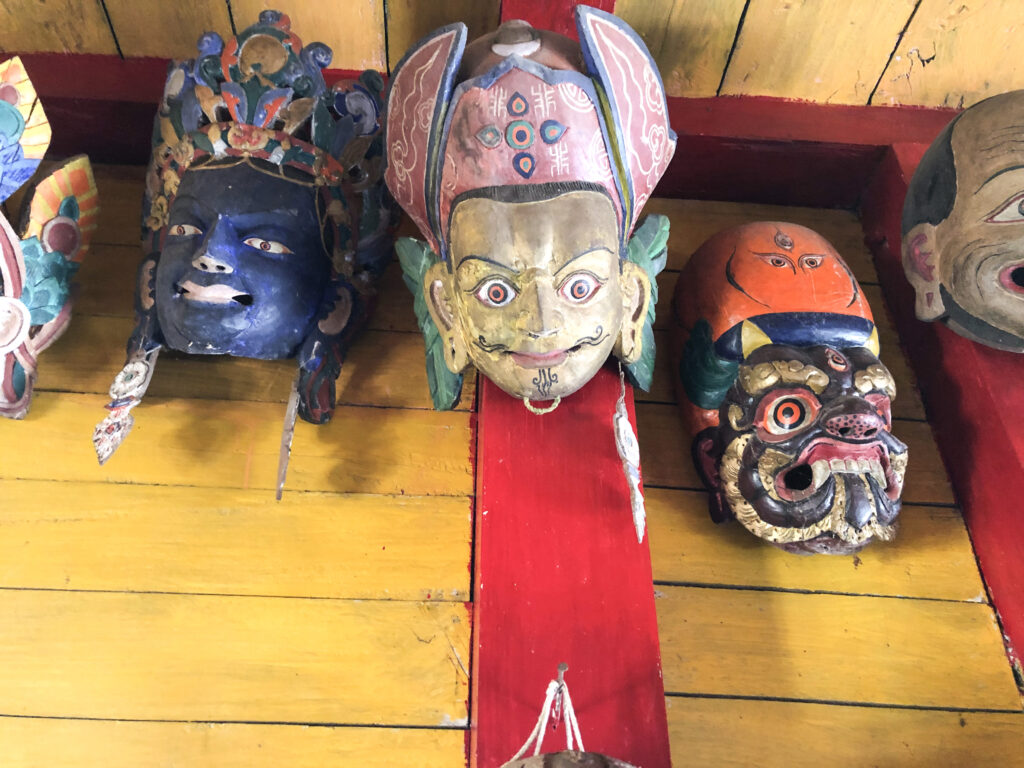
In fact, in the entire 20-day trip which our team covered – from Upper Subansiri, West and Upper Siang, Shu Yomi to Menchuka, what strikes out is the loyalty and bonhomie that the locals share with the Indian defence establishment. “We are thankful to the Indian army for being here, and with our forces, our land is safe. We will not let 1962 repeat again,” said Pema as he pointed to the two Indian flags which could be seen fluttering on every house in Gelling.
Youths belonging to the Nah Tagin, Tagin, Memba, Adi and other groups work as porters for the armed forces. Their ability to trek across some of the most difficult terrains on this side of the Himalayas makes them a crucial part of the overall readiness of the forces all along the LAC.
